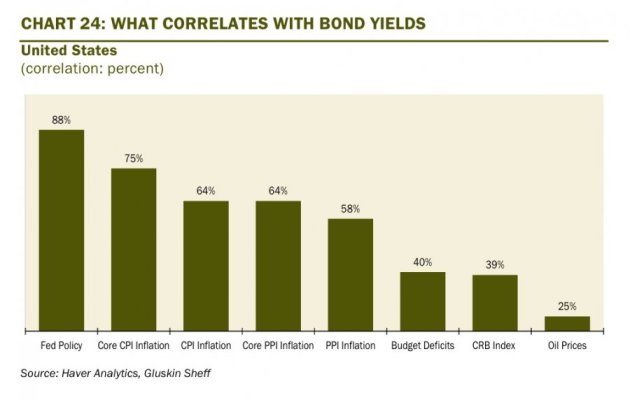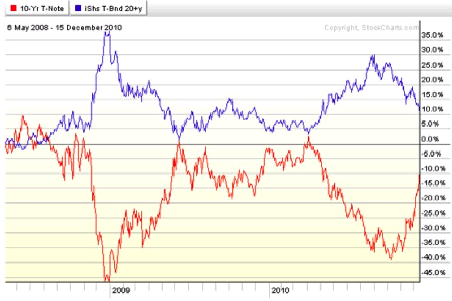Much has been written lately about the "impending" bond bubble burst. First, it's interesting to see that these articles have been written for the last several years, yet there has been no collapse of the bond market. Obviously trying to time it is impossible. However researching and understanding alternatives makes sense to me. Making changes to your specific investments after research is a more educated decision and not a reflex to the hype.
This leads me to ask: For those who have changed the bond portion of their portfolio (both long- and short-term portfolios), what investment changes have you made? Where did you move some or all of your bond investments? Or are you resolved to stay the course, no matter what rates (and therefore bond returns) do in the future?
Thanks for your thoughts.
This leads me to ask: For those who have changed the bond portion of their portfolio (both long- and short-term portfolios), what investment changes have you made? Where did you move some or all of your bond investments? Or are you resolved to stay the course, no matter what rates (and therefore bond returns) do in the future?
Thanks for your thoughts.




